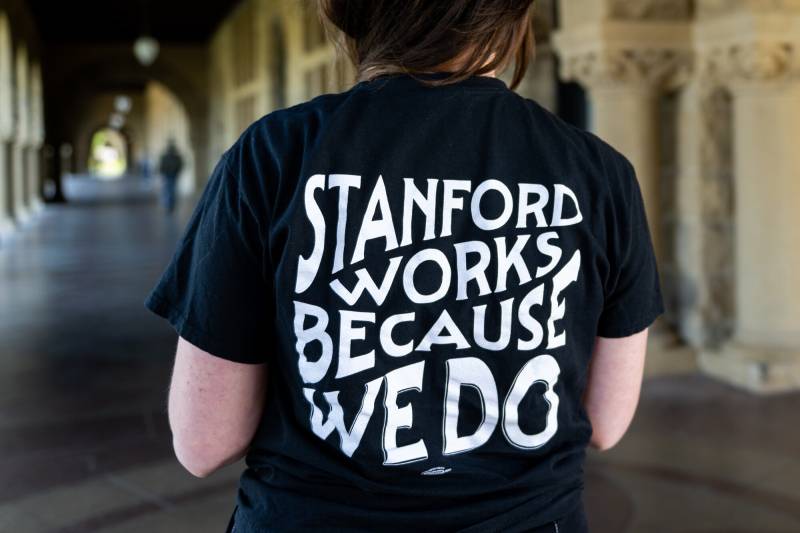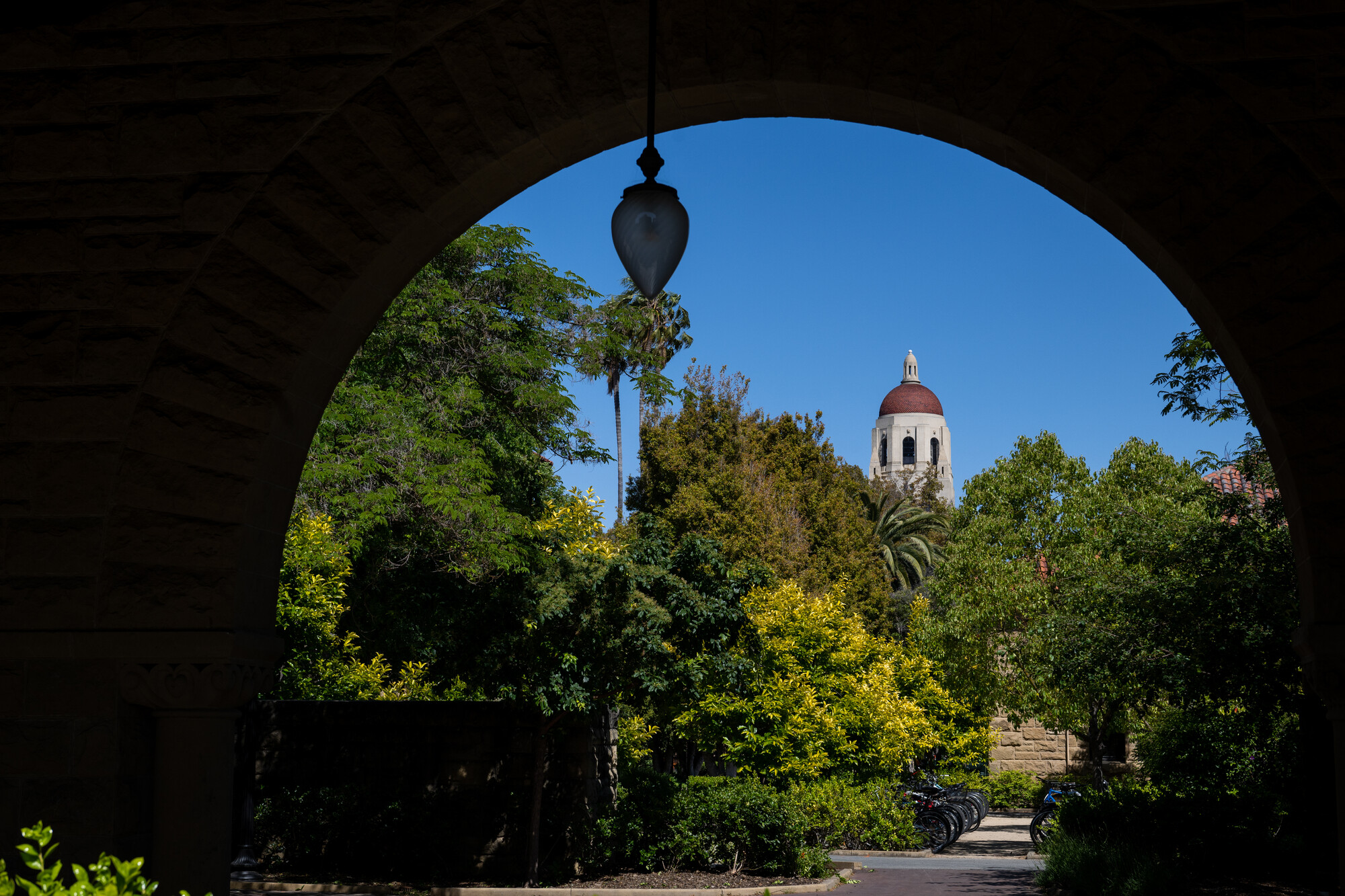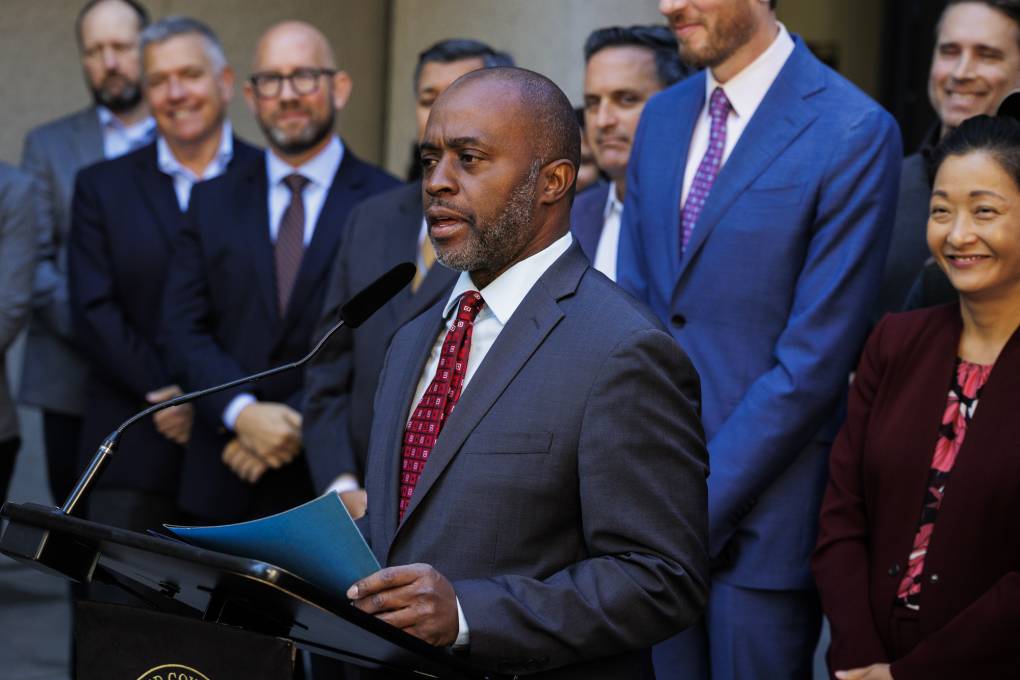The union had said Stanford’s offer of $53,908 wasn’t sufficient to afford to live in Santa Clara County, where a livable wage is closer to $68,620. It proposed a minimum compensation of $58,840, followed by annual increases of 4% and 3.5% for the following two years.
The tentative agreement includes a minimum salary of just over $54,000 for graduate students working at least 20 hours a week, with annual wage bumps over the next two academic years to reach $58,460 by fall 2026.
“Now, we have a current wage rate that exceeds the rent increases for all of the years of the contract,” Nevrekar said.
The university also agreed to publish on-campus housing costs for the next two academic years, changing its practice of releasing them in the spring for the following academic year. It also committed to continuous five-year funding for Ph.D. students.
The parties also agreed to drop current unfair labor practice charges filed against each other and committed to not filing such charges for the duration of the contract.
“We did have major disagreements, of course,” Nevrekar said, “but both sides were very civil in approaching this process.”
Graduate workers will vote on the contract, which must be ratified before Nov. 22 to go into effect. If it does, it will be valid through August 2027.
Nevrekar said he believes the deal will help undergraduates too. He pointed to a provision covering $1,200 for international students’ visa fees, noting that many undergraduates are international students who also struggle with administrative fees in the visa process.
“I see a very real possibility that this could lead to a ripple effect,” Nevrekar said. “More pressure on Stanford to ensure that it makes the experience of international students and national graduate workers more equitable.”



